-
 Bitcoin
Bitcoin $91,256.3033
3.39% -
 Ethereum
Ethereum $1,723.5244
5.98% -
 Tether USDt
Tether USDt $1.0006
0.10% -
 XRP
XRP $2.1808
2.69% -
 BNB
BNB $611.6352
1.26% -
 Solana
Solana $145.2440
4.71% -
 USDC
USDC $1.0001
0.07% -
 Dogecoin
Dogecoin $0.1726
6.92% -
 TRON
TRON $0.2472
1.71% -
 Cardano
Cardano $0.6638
3.44% -
 Chainlink
Chainlink $14.0337
4.16% -
 Avalanche
Avalanche $21.8740
6.44% -
 UNUS SED LEO
UNUS SED LEO $8.9676
-1.35% -
 Stellar
Stellar $0.2598
-0.15% -
 Sui
Sui $2.4368
8.47% -
 Shiba Inu
Shiba Inu $0.0...01309
4.18% -
 Hedera
Hedera $0.1782
3.94% -
 Toncoin
Toncoin $2.9908
-0.39% -
 Bitcoin Cash
Bitcoin Cash $361.0314
4.64% -
 Hyperliquid
Hyperliquid $18.8127
3.63% -
 Litecoin
Litecoin $82.7354
3.19% -
 Polkadot
Polkadot $3.9250
0.37% -
 Dai
Dai $1.0001
0.03% -
 Bitget Token
Bitget Token $4.5168
0.88% -
 Ethena USDe
Ethena USDe $0.9994
0.01% -
 Pi
Pi $0.6419
0.67% -
 Monero
Monero $219.7573
2.35% -
 Pepe
Pepe $0.0...08517
7.03% -
 Uniswap
Uniswap $5.6768
4.46% -
 Aptos
Aptos $5.1717
0.94%
How does the position-by-position model and the full position model affect risk management?
The choice between the position-by-position and full position risk models depends on factors like portfolio complexity, liquidity, and risk tolerance, with the former providing granular analysis and the latter offering a comprehensive view of portfolio risk.
Feb 20, 2025 at 07:25 am
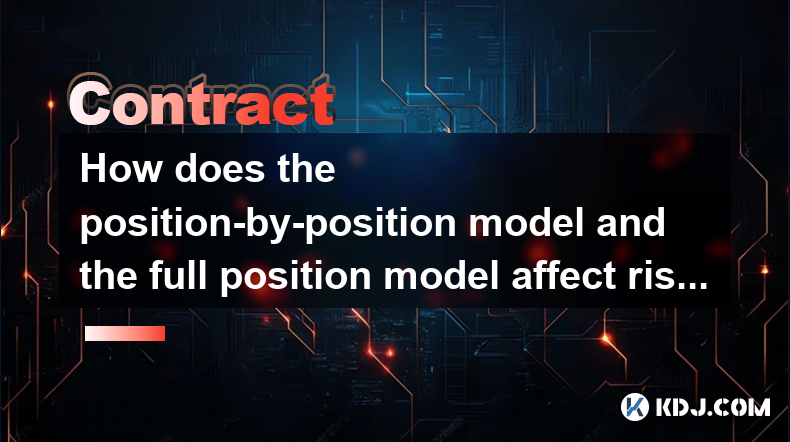
Key Points:
- Position-by-position model provides a granular view of risk at the individual position level, allowing for more precise risk management.
- Full position model considers the interactions and dependencies between positions, providing a comprehensive view of portfolio risk.
- The choice between the two models depends on factors such as portfolio complexity, liquidity, and risk tolerance.
Body:
Position-by-Position Model
- Provides a granular view of risk at the individual position level.
- Each position is evaluated independently, considering its own characteristics such as market risk, liquidity, and correlation to other positions.
- Facilitates the identification and management of individual risks that may not be apparent in a full position model.
- Allows for more precise risk controls and hedging strategies at the position level.
Full Position Model
- Considers the interactions and dependencies between positions, providing a comprehensive view of portfolio risk.
- Analyzes the overall impact of portfolio composition, position correlations, and market dynamics on risk exposure.
- Accounts for the potential amplification or cancellation of risks across positions, providing a more holistic risk management perspective.
- Facilitates the evaluation of portfolio-level risk metrics such as Value at Risk (VaR) and stress testing.
Choice Between the Two Models
The choice between the position-by-position model and the full position model is driven by several factors:
- Portfolio Complexity: A portfolio with numerous heterogeneous positions requires a more granular approach, making the position-by-position model suitable.
- Liquidity of Assets: In liquid markets, the position-by-position model may suffice, as individual positions can be easily adjusted or hedged.
- Risk Tolerance: A high-risk tolerance may warrant the comprehensive risk assessment provided by the full position model.
Steps to Implement a Position-by-Position Model
- Identify and Quantify Individual Position Risks: Assess each position's vulnerability to various risk factors, such as price volatility, liquidity constraints, and counterparty default.
- Develop Position-Level Risk Controls: Implement hedging strategies, position limits, and stop-loss orders to manage individual position risks.
- Monitor Positions and Adjust Exposure: Regularly review position performance and adjust exposure as needed to maintain risk tolerance.
Steps to Implement a Full Position Model
- Create a Risk Factor Model: Identify the key risk factors that impact the portfolio, such as market indices, macroeconomic variables, and credit spreads.
- Quantify Risk Factor-Position Correlations: Determine the relationship between each risk factor and portfolio positions through statistical analysis.
- Simulate Portfolio Performance: Use a Monte Carlo simulation or similar technique to generate potential portfolio outcomes under various risk factor scenarios.
- Measure Portfolio Risk Metrics: Calculate risk metrics such as VaR, expected shortfall, and stress testing results to assess overall portfolio risk exposure.
FAQs:
What is the main difference between the two models?
- The position-by-position model evaluates individual positions in isolation, while the full position model considers the interactions between positions.
Which model is better for high-risk portfolios?
- The full position model is generally recommended for high-risk portfolios to account for complex relationships and potential risk amplification.
How often should risk models be updated?
- Risk models should be updated regularly, especially when market conditions or portfolio composition change significantly.
What are the advantages of the position-by-position model?
- Granular risk analysis, flexible hedging strategies, and ease of implementation.
What are the advantages of the full position model?
- Comprehensive risk assessment, accounting for portfolio interactions, and robust stress testing.
Disclaimer:info@kdj.com
The information provided is not trading advice. kdj.com does not assume any responsibility for any investments made based on the information provided in this article. Cryptocurrencies are highly volatile and it is highly recommended that you invest with caution after thorough research!
If you believe that the content used on this website infringes your copyright, please contact us immediately (info@kdj.com) and we will delete it promptly.
- Launch of The Echo exchange and its native token, ECHO
- 2025-04-22 23:00:11
- 1933 penny coin could be worth a life-changing sum of money
- 2025-04-22 23:00:11
- ArchVM Launches a Test Version of Its Bitcoin Virtual Machine, Raising $10M in Funding
- 2025-04-22 22:55:13
- Both gold and Bitcoin (BTC) have extended their gains since yesterday
- 2025-04-22 22:55:13
- Mantra (OM) token crash requires a detailed forensic study, not just basic blockchain analysis
- 2025-04-22 22:50:11
- US Bitcoin (BTC) Exchange-Traded Funds (ETFs) Experience Their Largest Single-Day Net Inflow
- 2025-04-22 22:50:11
Related knowledge
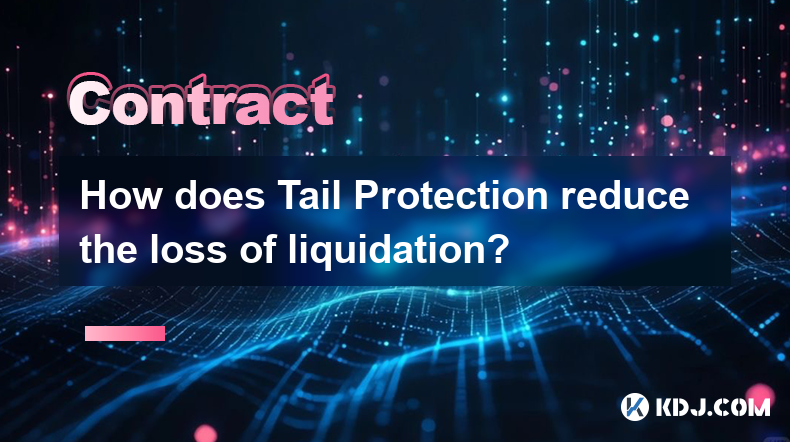
How does Tail Protection reduce the loss of liquidation?
Apr 11,2025 at 01:50am
Introduction to Tail Protection in CryptocurrencyTail Protection is a mechanism designed to mitigate the risks associated with liquidation in cryptocurrency trading. Liquidation occurs when a trader's position is forcibly closed by the exchange due to insufficient margin to cover potential losses. This often happens in leveraged trading, where traders b...
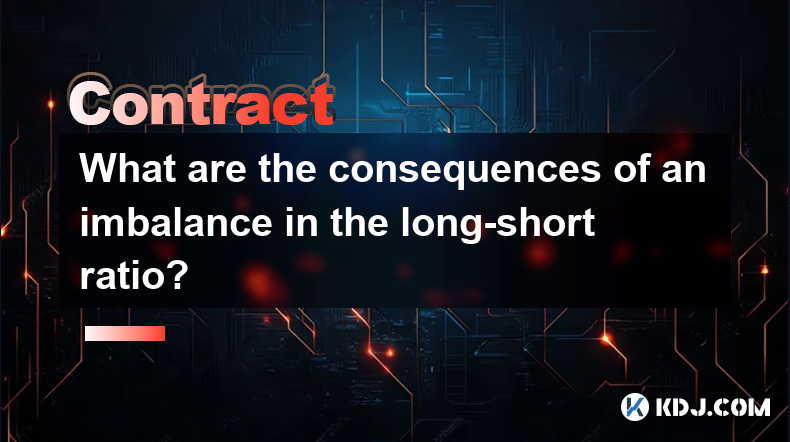
What are the consequences of an imbalance in the long-short ratio?
Apr 13,2025 at 02:50pm
The long-short ratio is a critical metric in the cryptocurrency trading world, reflecting the balance between bullish and bearish sentiments among traders. An imbalance in this ratio can have significant consequences on the market dynamics, affecting everything from price volatility to trading strategies. Understanding these consequences is essential fo...
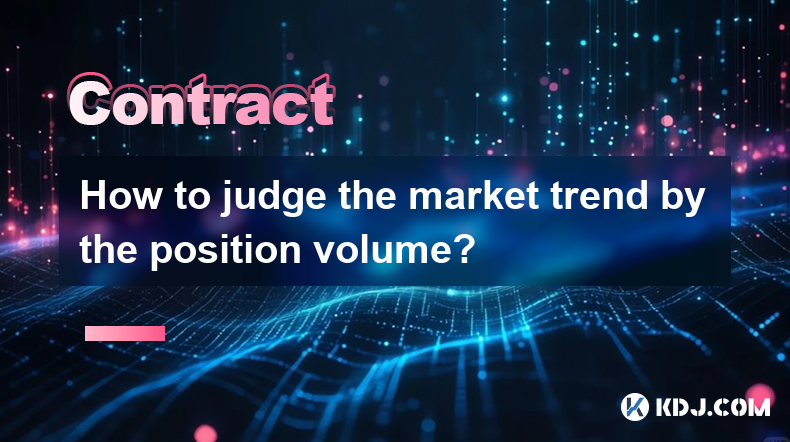
How to judge the market trend by the position volume?
Apr 11,2025 at 02:29pm
Understanding how to judge the market trend by position volume is crucial for any cryptocurrency trader. Position volume, which refers to the total number of open positions in a particular cryptocurrency, can provide valuable insights into market sentiment and potential price movements. By analyzing this data, traders can make more informed decisions ab...

Why does a perpetual contract have no expiration date?
Apr 09,2025 at 08:43pm
Perpetual contracts, also known as perpetual futures or perpetual swaps, are a type of derivative product that has gained significant popularity in the cryptocurrency market. Unlike traditional futures contracts, which have a fixed expiration date, perpetual contracts do not expire. This unique feature raises the question: why does a perpetual contract ...
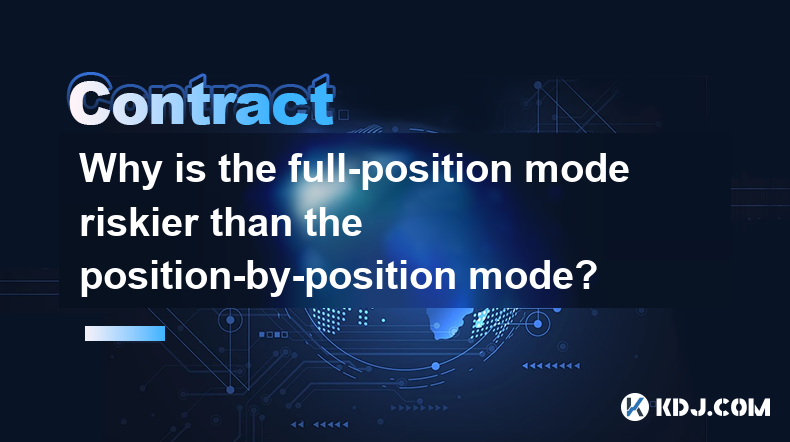
Why is the full-position mode riskier than the position-by-position mode?
Apr 13,2025 at 03:42pm
Why is the Full-Position Mode Riskier Than the Position-by-Position Mode? In the world of cryptocurrency trading, the choice between full-position mode and position-by-position mode can significantly impact the risk profile of a trader's portfolio. Understanding the differences between these two modes is crucial for making informed trading decisions. Th...
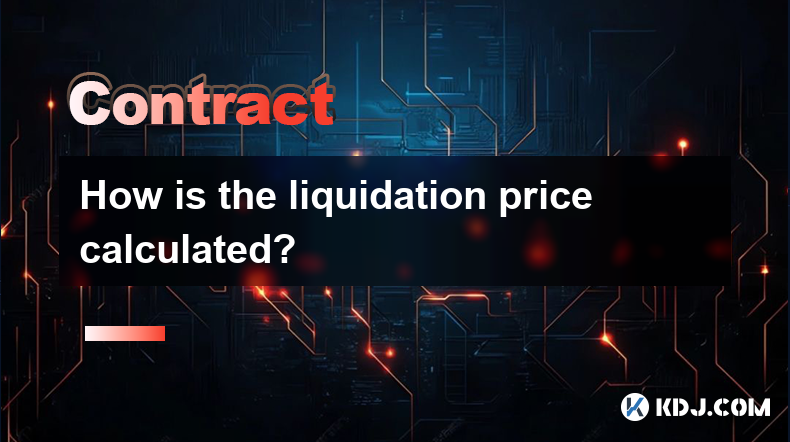
How is the liquidation price calculated?
Apr 12,2025 at 01:35am
Introduction to Liquidation PriceLiquidation price is a critical concept in the world of cryptocurrency trading, particularly when dealing with leveraged positions. Understanding how this price is calculated is essential for traders to manage their risk effectively. The liquidation price is the point at which a trader's position is forcibly closed by th...

How does Tail Protection reduce the loss of liquidation?
Apr 11,2025 at 01:50am
Introduction to Tail Protection in CryptocurrencyTail Protection is a mechanism designed to mitigate the risks associated with liquidation in cryptocurrency trading. Liquidation occurs when a trader's position is forcibly closed by the exchange due to insufficient margin to cover potential losses. This often happens in leveraged trading, where traders b...

What are the consequences of an imbalance in the long-short ratio?
Apr 13,2025 at 02:50pm
The long-short ratio is a critical metric in the cryptocurrency trading world, reflecting the balance between bullish and bearish sentiments among traders. An imbalance in this ratio can have significant consequences on the market dynamics, affecting everything from price volatility to trading strategies. Understanding these consequences is essential fo...

How to judge the market trend by the position volume?
Apr 11,2025 at 02:29pm
Understanding how to judge the market trend by position volume is crucial for any cryptocurrency trader. Position volume, which refers to the total number of open positions in a particular cryptocurrency, can provide valuable insights into market sentiment and potential price movements. By analyzing this data, traders can make more informed decisions ab...

Why does a perpetual contract have no expiration date?
Apr 09,2025 at 08:43pm
Perpetual contracts, also known as perpetual futures or perpetual swaps, are a type of derivative product that has gained significant popularity in the cryptocurrency market. Unlike traditional futures contracts, which have a fixed expiration date, perpetual contracts do not expire. This unique feature raises the question: why does a perpetual contract ...

Why is the full-position mode riskier than the position-by-position mode?
Apr 13,2025 at 03:42pm
Why is the Full-Position Mode Riskier Than the Position-by-Position Mode? In the world of cryptocurrency trading, the choice between full-position mode and position-by-position mode can significantly impact the risk profile of a trader's portfolio. Understanding the differences between these two modes is crucial for making informed trading decisions. Th...

How is the liquidation price calculated?
Apr 12,2025 at 01:35am
Introduction to Liquidation PriceLiquidation price is a critical concept in the world of cryptocurrency trading, particularly when dealing with leveraged positions. Understanding how this price is calculated is essential for traders to manage their risk effectively. The liquidation price is the point at which a trader's position is forcibly closed by th...
See all articles























































































